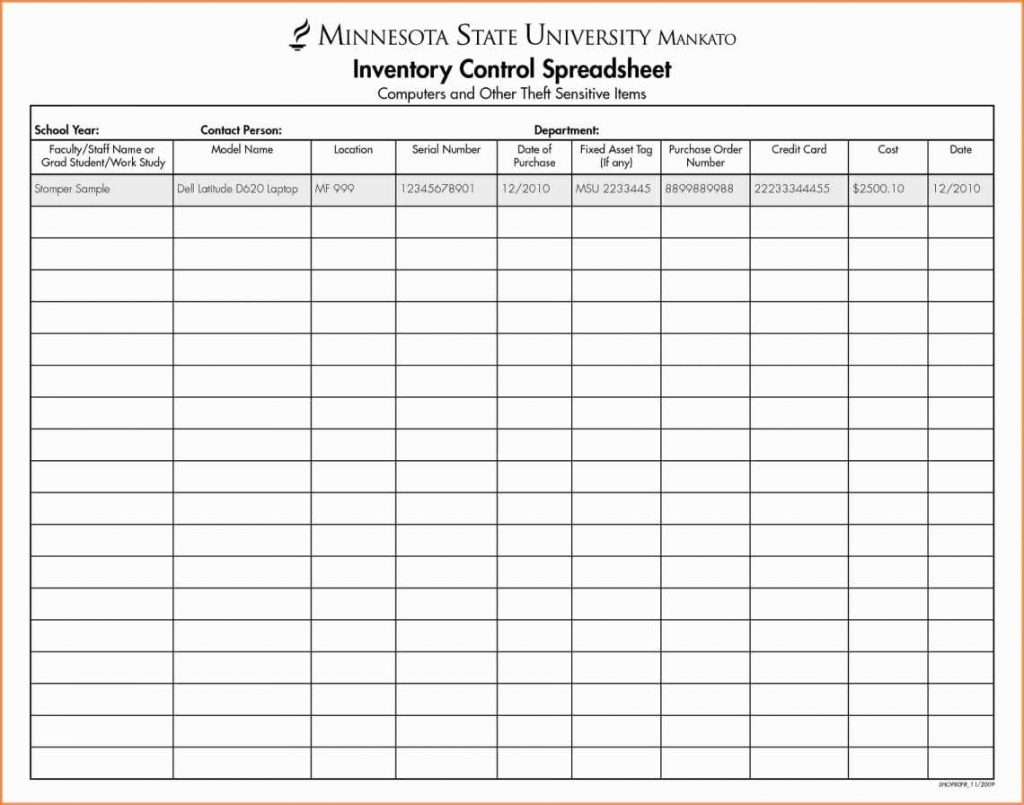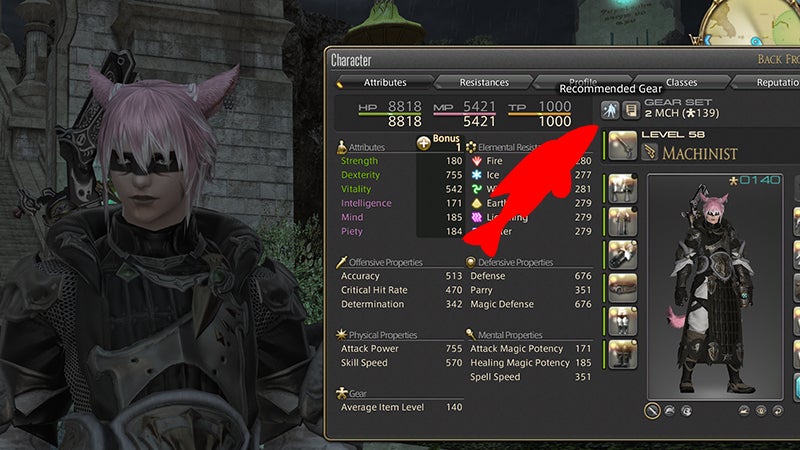

Sales representatives benefit from mobile solutions that enable them to access the inventory at any time. For example, manufacturing companies need an interface to integrate a graphical planning board. This usually depends strongly on the respective provider and should ideally fit the individual requirements of your company.
Finale inventory getting started software#
On the other hand, the number of users and the compatibility with the shop software used must be taken into account, as the latter is usually set up before the stock control system.Īnother important selection criterion is the desired range of functions.

Which software solution is the right one for your online shop depends on various criteria: On the one hand, the industry and business area play an important role. And, depending on the scope of functions, the computer-controlled warehouse management system can arrange repeat orders totally automatically. Shortages can therefore be quickly traced. For example, you can find out where a certain item is located, how many are still available, and how high the demand for the product is. At the touch of a button, you can also obtain detailed information of all items. Real-time statistics and reporting give you maximum visibility and overview of your inventory - even if you operate multiple warehouses at different locations. Hundreds or even thousands of items are quickly recorded in a single database and can be retrieved from any workstation. It also reduces the error rate and offers extensive functions and services to improve the economic performance of your company. Conclusion: Above all in e-commerce, handling your goods without software support becomes a time-consuming and cost-intensive affair, which is accompanied by high personnel requirements and a certain susceptibility to errors.Ī well-managed stock control system helps you with all the above tasks and saves you time, effort and money. In addition, there would be a high chance that certain products would suddenly no longer be available due to high demand - to the displeasure of the customer. With more than a hundred different items, it would be hard to keep an overview: You could only find out the total stock of your goods, if at all, with an inventory.

Purchasing, sales, repeat orders and stock transfers would have to be labouriously recorded in a warehouse register. The advantages of a warehouse management system quickly become clear when you consider what an enterprise would be without the appropriate software:Īll work steps - be it procurement of goods, invoicing, or sales calculation - would have to be carried out manually. Many ERP systems also include standard stock management modules, making them ideal for use in online trading. These can be used for resource planning, although their range of functions goes significantly further and includes modules for staff management, document management, and controlling, among other things. You’ll often encounter ERP (Enterprise Resource Planning) systems in conjunction with stock control systems. XML or CSV, and controls sales in external marketplaces. The interfaces use a particular data exchange format, i.e. This information includes the barcode scanner app used in the warehouse, your shop solution, and your checkout software. These gather the necessary information from databases and your chosen software via an interface. Inventory management software can automate the numbered sections with the appropriate modules e.g. Some systems also help to optimally manage available storage space. These include labelling systems for products and functions to facilitate inventory processing. Warehouse management: stock control systems have a range of useful functions to help with the structuring of your warehouse.Generally, shipping is controlled via scanner technology, so you always have your current inventory at a glance. Shipping: when a customer places an order, the inventory management software processes the task up until the shipping procedure.They can help organise the intake of stock and check the contents and the invoice. Receiving goods: stock control systems organise the delivery of the stock you’ve ordered.It also assists in planning and executing temporary, short-term, and seasonal tasks such as advent calendars. Structuring sales: the software takes control of managing your personal data, the customers’ data, as well as all other information relevant to sales.Warehouse management systems help you order in a cost and demand-effective way, and also help you manage resources. Structuring purchases: controlling and analysing purchases is a vital element of any shipping business.A stock control system covers the following everyday tasks:


 0 kommentar(er)
0 kommentar(er)
